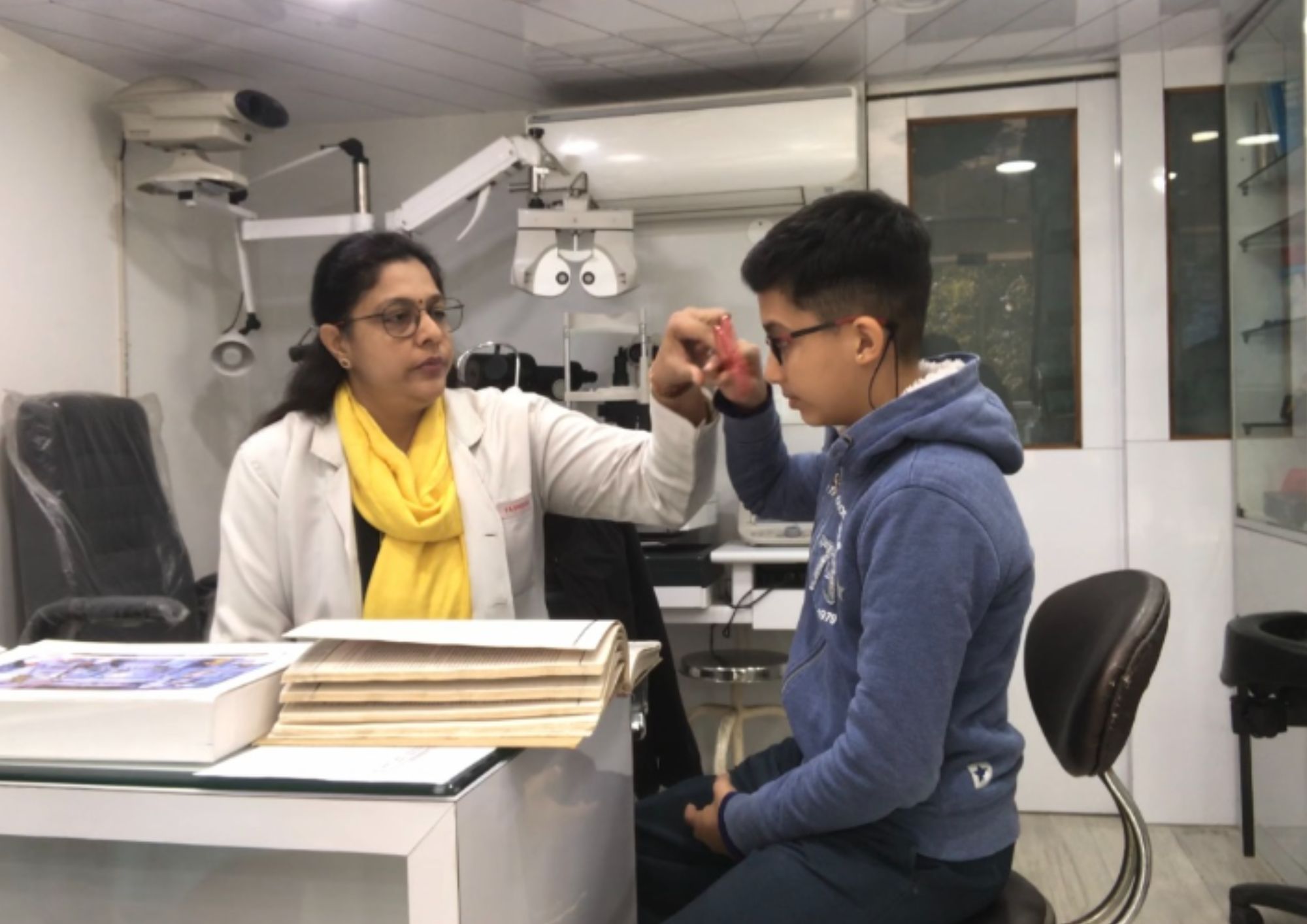Recognizing the Numerous Eye Conditions Dealt With by Specialized Eye Treatment Professionals
In the realm of eye treatment, specialized professionals play a critical role in diagnosing and dealing with a wide array of eye conditions. From common refractive errors that impact vision clarity to age-related conditions that position difficulties as we age, the know-how of these specialists includes taking care of vision-threatening illness and elaborate corneal disorders. Moreover, the intricacies of neurological eye problems present distinct challenges that demand specialized care. As we start this exploration of the different eye conditions addressed by specialized eye treatment specialists, it comes to be obvious that the detailed internet of ocular wellness holds a myriad of remarkable understandings waiting to be uncovered.
Common Refractive Errors
Refractive mistakes are usual aesthetic problems brought on by a blemish in the eye's ability to correctly focus light, leading to obscured vision. The most prevalent types of refractive errors include nearsightedness (nearsightedness), hyperopia (farsightedness), astigmatism, and presbyopia. Nearsightedness happens when the eyeball is as well long or the cornea is too rounded, triggering distant objects to appear fuzzy. Hyperopia, on the various other hand, occurs when the eyeball is too short or the cornea is as well flat, bring about close-by things running out focus. Astigmatism is defined by an irregularly shaped cornea, leading to altered or obscured vision whatsoever distances. Presbyopia is an age-related condition where the lens sheds its adaptability, making it challenging to concentrate on close things.
These refractive errors can be remedied with different approaches, consisting of glasses, call lenses, or refractive surgical procedure. Eye care experts play a crucial function in detecting and taking care of refractive mistakes to help individuals accomplish more clear vision and boost their lifestyle.
Age-Related Eye Conditions
One of the most common age-related eye conditions is age-related macular degeneration (AMD), a condition that triggers central vision loss and can make activities like reading and driving challenging. Cataracts, an additional common condition among older people, create clouding of the eye's natural lens, leading to blurred vision. Regular eye exams with specialized eye treatment experts are critical for early detection and administration of these age-related eye problems to protect vision and preserve eye health as people expand older.
Vision-Threatening Diseases
Vision-threatening conditions encompass a variety of significant ocular conditions that have the potential to dramatically influence a person's sight and total aesthetic feature. These conditions present a risk of long-term vision loss otherwise without delay detected and dealt with by specialized eye care specialists. Some typical vision-threatening conditions include glaucoma, diabetic retinopathy, age-related macular deterioration (AMD), and retinal detachment.
Glaucoma is a group of eye conditions that damage the optic nerve, frequently as a result of high intraocular pressure, causing peripheral vision loss and possible loss of sight if left neglected. Diabetic retinopathy is a complication of diabetic issues that impacts capillary in the retina, causing vision disability or blindness. AMD is a modern condition affecting the macula, bring about main vision loss. Retinal detachment happens when the retina divides from its underlying cells, resulting in abrupt vision loss that needs immediate clinical interest (refractive surgeries in al).
Very early detection, routine eye exams, and timely intervention are important in handling vision-threatening conditions to preserve sight and maintain top quality of life. Specialized eye care experts play a crucial role in diagnosing, treating, and taking care of these problems to prevent irreversible vision loss.

Corneal Disorders
Corneal disorders try this out include a range of conditions that affect the transparent front component of the eye, known as the cornea. Therapy for corneal conditions differs depending on the specific problem but may consist of medicines, call lenses, or in serious cases, corneal transplants. Regular eye exams are necessary for early detection and monitoring of corneal disorders to protect vision and eye wellness.
Neurological Eye Problems
Neurological eye problems involve disorders that impact the link in between the eyes and the mind, influencing aesthetic handling and total eye function. These conditions visit this website can show up in numerous methods, affecting vision, eye movements, and also the control between the eyes. One common neurological eye problem is optic neuritis, identified by swelling of the optic nerve resulting in vision loss, color desaturation, and discomfort with eye movement.
Another substantial problem is nystagmus, where the eyes make repeated, unrestrained motions, affecting visual skill and deepness perception. In addition, problems like amblyopia, often described as "lazy eye," result from abnormal aesthetic advancement in very early youth, bring about reduced vision in one eye.
Neurological eye problems need customized care from experts like neuro-ophthalmologists that have experience in both neurology and ophthalmology. Diagnosis usually involves a comprehensive eye evaluation, imaging researches, and cooperation with specialists to resolve the underlying neurological concerns affecting the aesthetic system. Therapy strategies can include medication, vision therapy, or in serious cases, surgical interventions to take care of these intricate conditions efficiently.

Final Thought
Finally, specialized eye care experts deal with a variety of eye conditions, Your Domain Name consisting of common refractive errors, age-related eye problems, vision-threatening diseases, corneal problems, and neurological eye conditions - refractive surgeries in al. By understanding these numerous problems and seeking ideal therapy from eye care specialists, people can preserve optimal eye wellness and vision. It is necessary to prioritize normal eye assessments and comply with recommended therapy plans to maintain and secure one's vision for the future